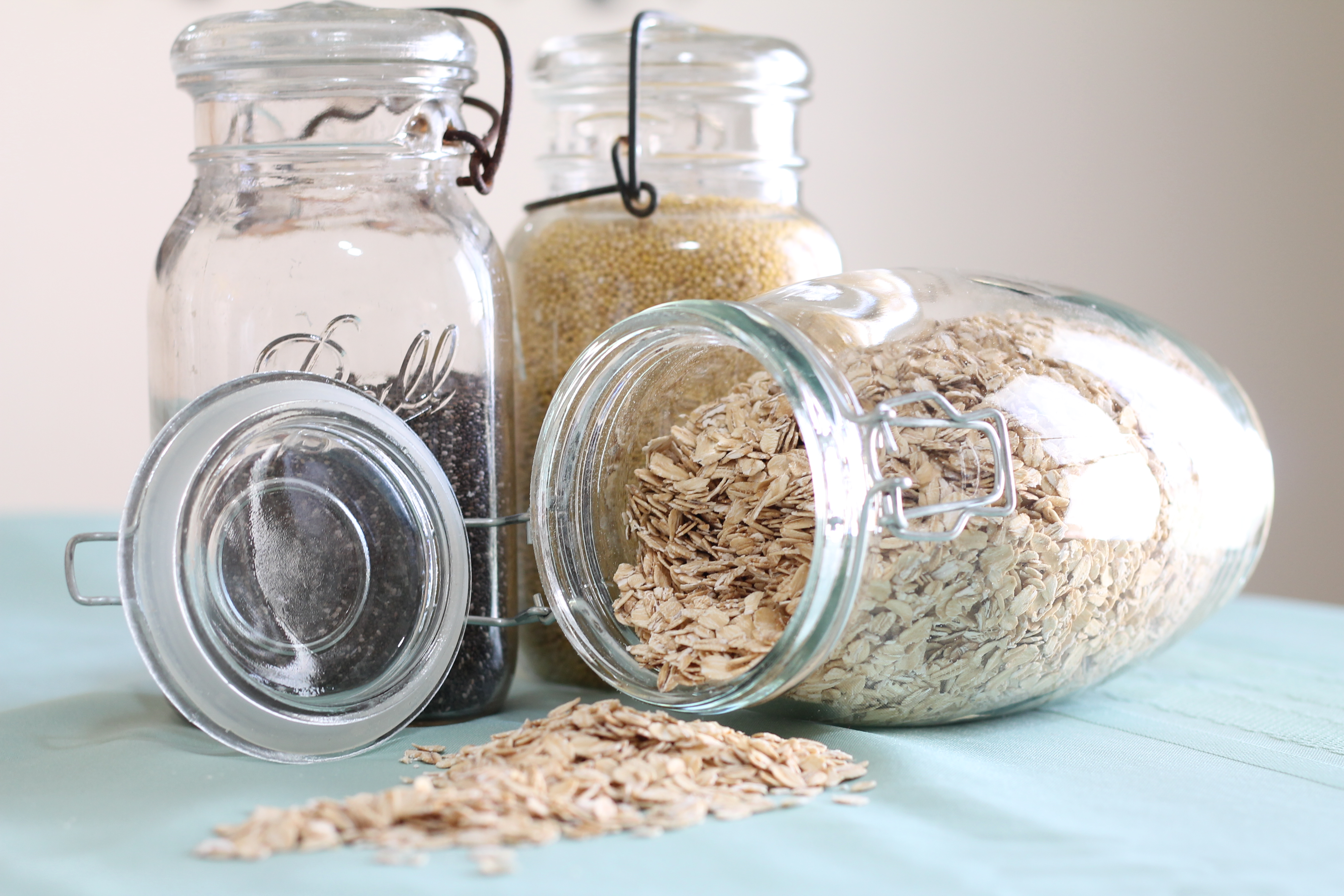To follow-up on my recent post encouraging you to increase your ability to prepare a wider variety of whole grains, I offer this information. I hope it will be helpful to you!
First, we are so consumed with wheat in our country, people often wonder what other grains exist. To answer that question, here is list:
Amaranth, barley, buckwheat, brown rice, corn meal, millet, oats, rye, sorghum, teff, wheats; bulgur (dried cracked wheat), spelt, kamut, hard red, soft white and wild rice.
So, why eat a variety?
I’d suggest two main reasons. One, that variety keeps things interesting and two, that each grain has a different nutritional make-up. So by incorporating variety, your family will be getting a wider span of nutrients.
As an example, a cup of teff has 100% of the DV of manganese.
Quinoa has 20% DV of folic acid, magnesium and phosphorus.
Buckwheat is high in copper, barley is high in B1, etc.
You can see that eating a variety of these would give your body a variety of vitamins and minerals. Add to this list beans, legumes and seeds (sesame, flax and chia) and you can easily intensify the nutrient density of your diet. Whereas, depending on one food too heavily encourages dietary imbalance.
A word about gluten. I don’t believe that everyone would be better off taking wheat out of their diet. On the other hand, I believe that if gluten is a problem for you, you’ll be much healthier without it. (I have a lot of experience with this and would be happy to address it further if you’re be interested!)
For the record, which
 of these grains don’t contain gluten?
of these grains don’t contain gluten?
Amaranth, buckwheat, cornmeal, millet, oats, quinoa, rice, sorghum and teff. That’s a pretty good list!
I’m working on a few recipes combining some of these grains which I will be sharing here soon.
There is a plethora of variety at our fingertips! And the path of discovery is so much fun!
Be well and have a great weekend!
Jacque

Very excellent!
Gracias!!